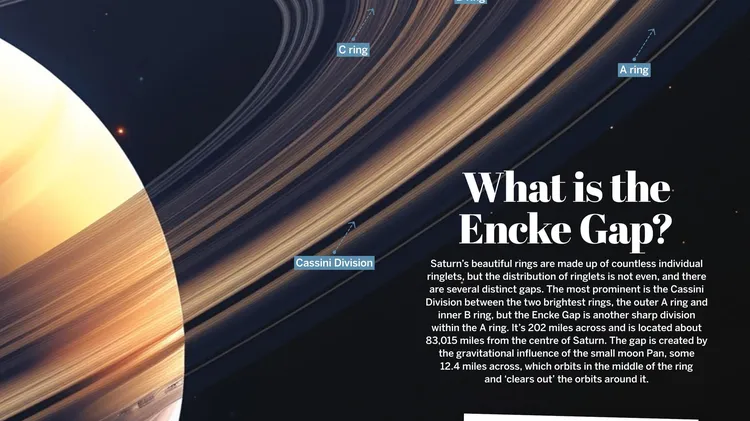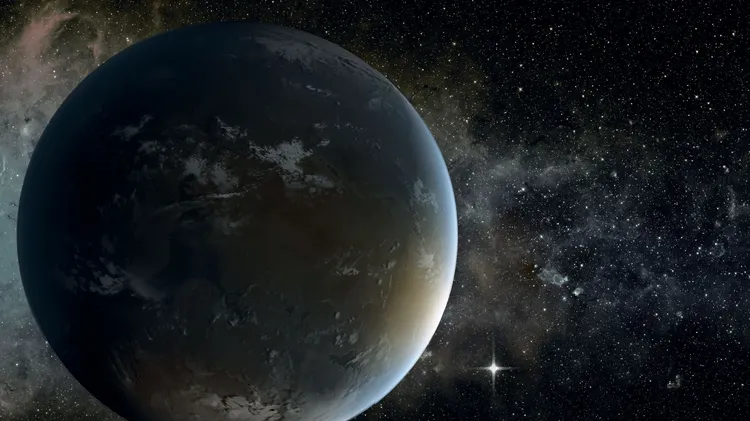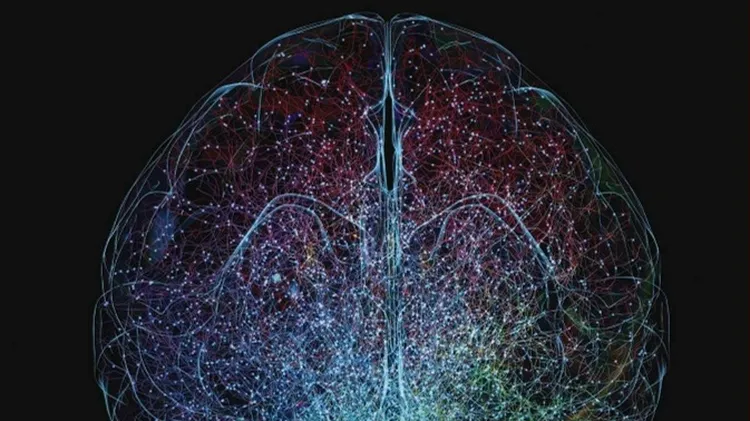It’s said that we’re all made of star stuff, but how is that star stuff it
Cosmicfactories
8 min read
This article is from...
Read this article and 8000+ more magazines and newspapers on Readly






